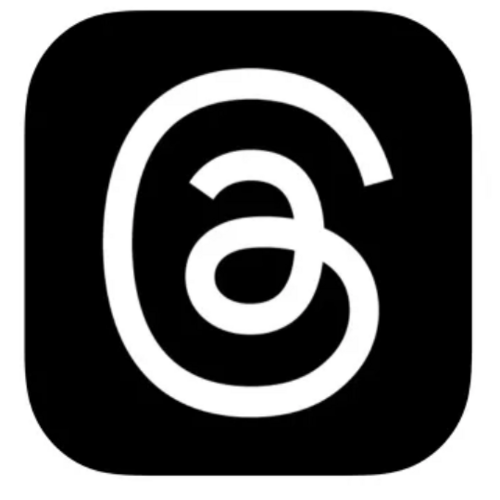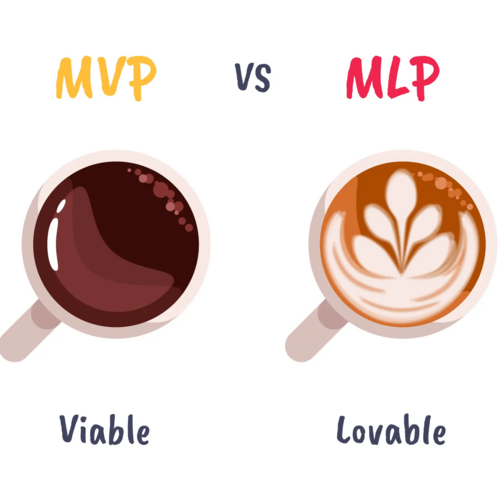One of the biggest challenges startups face is finding the right product-market fit. Product-market fit refers to the intersection between what your product offers and what your target market wants and needs. It’s critical to identify this fit early on, as it can determine the success or failure of your startup. Here are some tips on how to find a product-market fit.
- Identify your target market: The first step in finding a product-market fit is to identify your target market. Who are you building your product for? What are their needs and pain points? Conduct market research and gather data on your target audience to get a better understanding of their wants and needs.
- Understand the problem you’re solving: Once you’ve identified your target market, it’s important to understand the problem you’re solving for them. What is the pain point that your product is addressing? How does it make their lives easier or better? Understanding this will help you tailor your product to meet their needs.
- Test your product: Once you have a prototype or minimum viable product (MVP), it’s time to start testing. Get feedback from your target audience and iterate based on their feedback. Pay attention to what they like and don’t like, and make changes accordingly.
- Focus on user experience: User experience is critical to the success of your product. Make sure your product is easy to use and intuitive. Focus on creating a seamless user experience that addresses your target audience’s pain points.
- Measure success: As you’re testing and iterating, it’s important to measure success. What metrics are you using to determine whether your product is a success? This could include things like user engagement, retention rates, and revenue growth.
- Pivot if necessary: If you’re not seeing the results you want, it may be time to pivot. This could mean changing your target market, adjusting your product, or even changing your business model. It’s important to be open to change if you’re not finding a product-market fit.
Some Examples:
- Airbnb: When Airbnb first started, it struggled to find a product-market fit. Initially, the founders thought their target market was people attending conferences and needed a place to stay. However, they found that their true market was people looking for unique and affordable accommodations when traveling. By pivoting their focus, they were able to find a product-market fit and become one of the most successful startups in the world.
- Dropbox: Dropbox’s early success can be attributed to finding a product-market fit early on. The company identified a need for an easy-to-use file-sharing service and created a product that was simple and intuitive. They also focused on user experience and made it easy for users to share files with others. This focus on the user helped them to quickly gain traction and find a product-market fit.
In conclusion, finding a product-market fit is critical to the success of your startup. By identifying your target market, understanding the problem you’re solving, testing your product, focusing on user experience, measuring success, and being open to change, you can increase your chances of finding a product-market fit.



